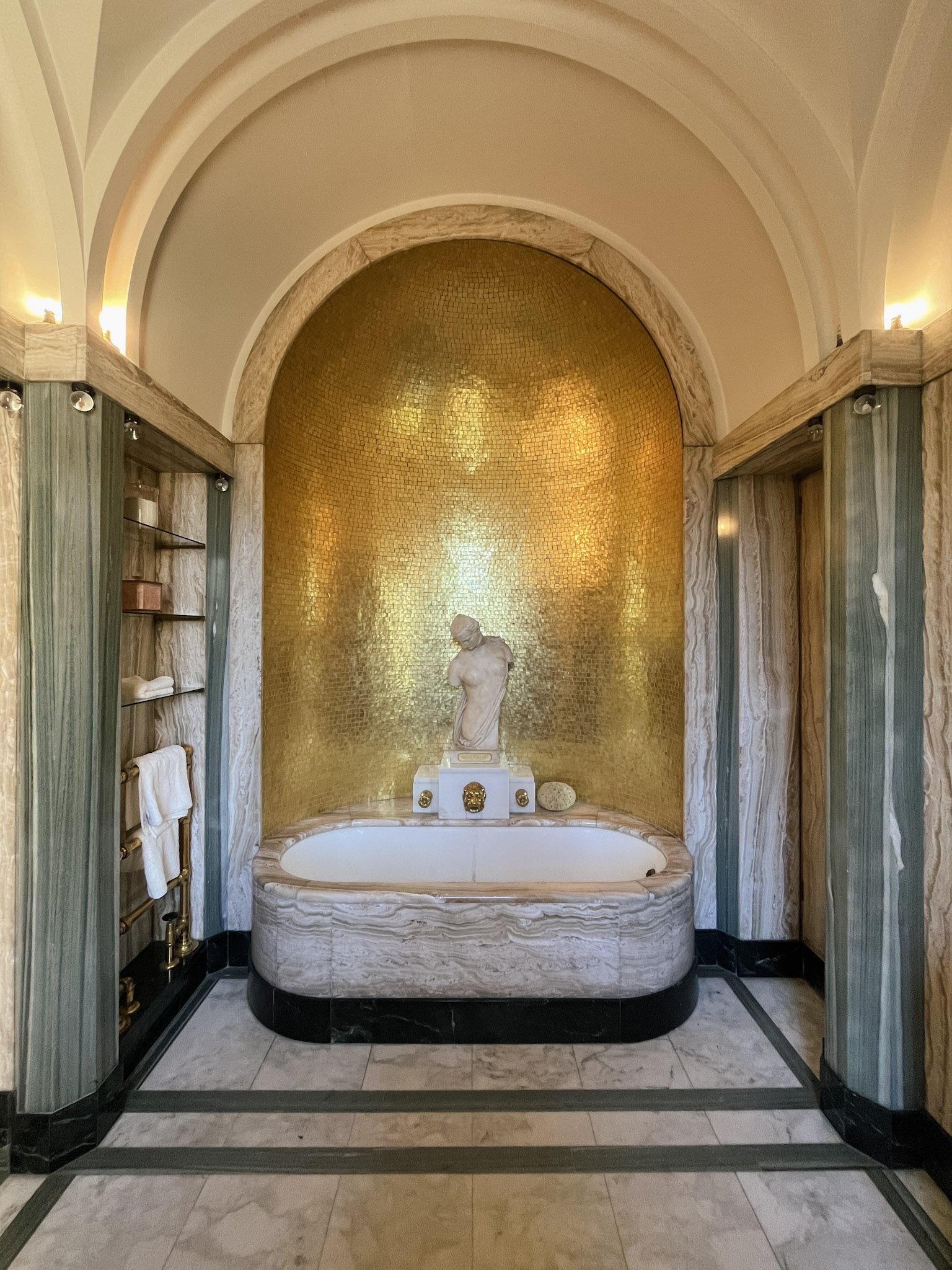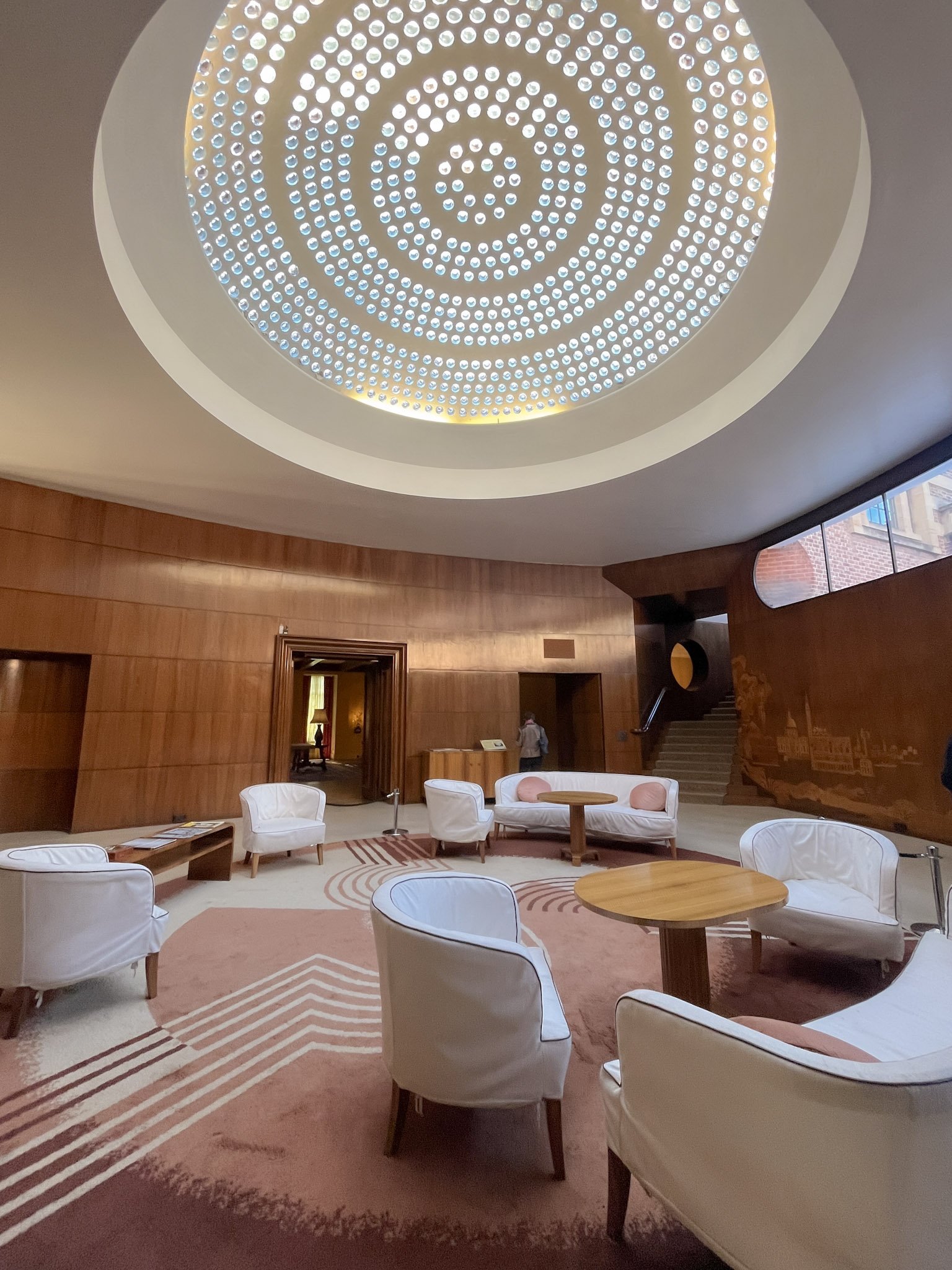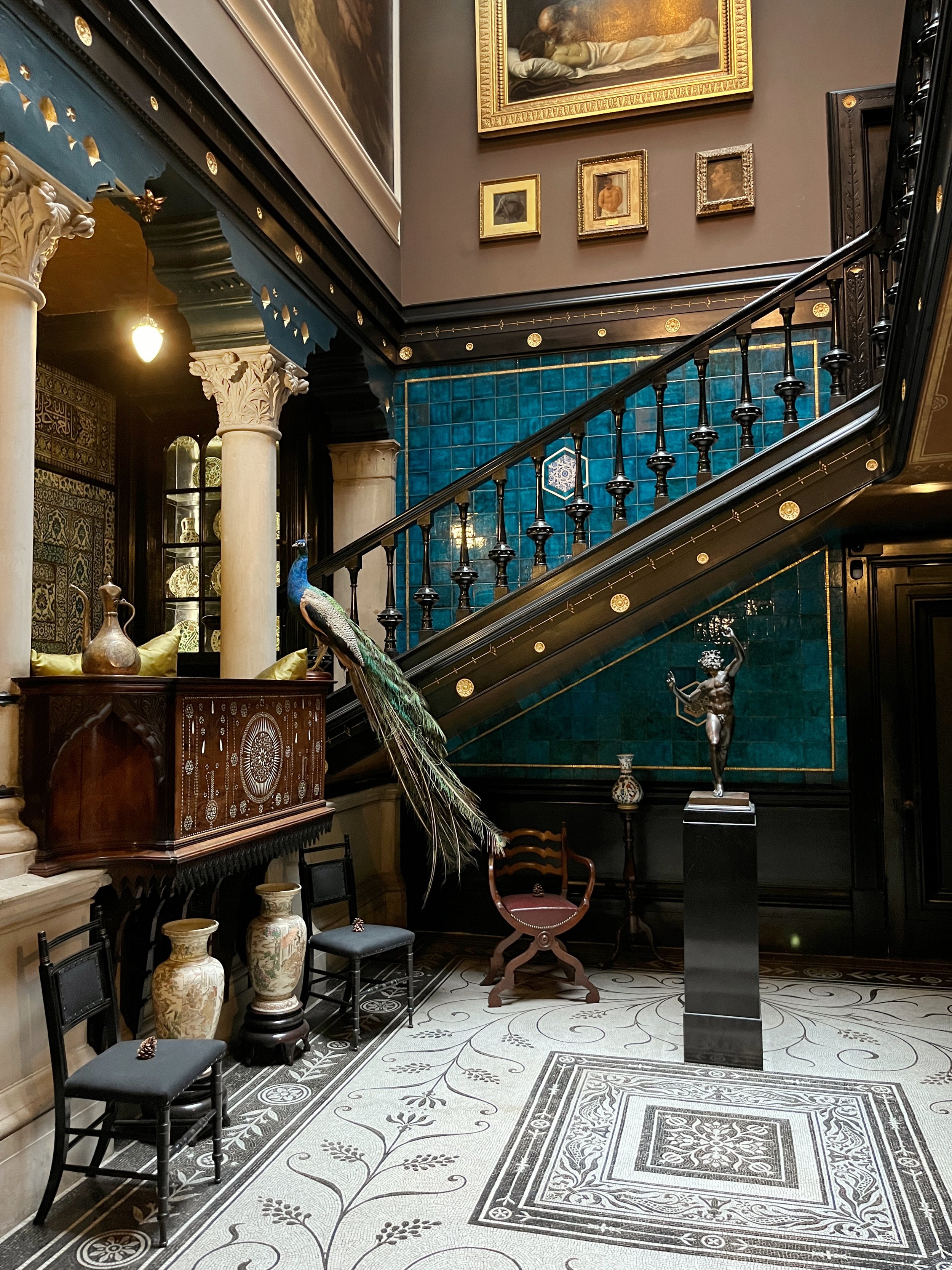4 Modernist house museums to visit in London
London's house museums are a treasure trove of history and design, offering a fascinating insight into the lives of the city's most remarkable residents. From grand stately homes to modernist marvels, these properties have been lovingly preserved and transformed into museums, offering visitors a chance to step back in time and experience the unique character of each residence. In this guide, we will explore four of the most captivating modernist house museums in London - the Cosmic House, Eltham Palace, 2 Willow Road, and the Homewood.
Modern architecture in London
Modernist architecture, which emerged in the mid-20th century, had a profound impact on London's built environment during the period between 1940 and 1970. This era witnessed the construction of several notable structures that represented a departure from traditional architectural styles, embracing a minimalist and functional approach instead. Buildings such as the Royal Festival Hall, the Barbican Estate, and the Isokon Building are prime examples of this trend, reflecting the innovative and forward-thinking approach to design that defined modernism. These structures showcase the use of new materials, open floor plans, and clean lines, which aimed to create a new type of architecture that reflected the modern world. Today, many of these buildings remain as significant cultural and architectural landmarks, reminding us of the lasting influence of modernism on London's built environment.
London's house museums offer a unique opportunity to explore the impact of modernist architecture on domestic spaces during the 20th century. By visiting these house museums, visitors can experience firsthand the innovative and forward-thinking approach to design that defined modernism and learn about the lives of the creative individuals who lived in these iconic homes.
The Cosmic House
The Cosmic House, located in the heart of Notting Hill, is a remarkable testament to modernist architecture. Designed by John Silver in 1968, the house's unique curved facade is made up of white fibreglass panels that create an interplay of convex and concave shapes, inviting passers-by to stop and admire its striking appearance.
The house features an open-plan living area, complete with a spiral staircase and bespoke furniture that complements the natural materials used throughout the property, such as wood and stone. The clever use of curved walls and skylights allows the indoor and outdoor spaces to blend seamlessly, creating a sense of harmony with the surrounding environment.
John Silver built the Cosmic House with a focus on meditation, creativity, and spiritual exploration, reflecting his interest in Eastern philosophy and spiritualism. The clever use of color, light, and space generates a calming and rejuvenating atmosphere, making it an ideal place for reflection and contemplation. The meditation room located at the top of the spiral staircase is circular, and the custom-designed stained-glass window fills the space with a rainbow of vivid colours.
The Cosmic House is notoriously difficult to get a ticket to, but tickets are released every so often via their website (next date early June 2023). It’s best to sign up for the mailing list to score a ticket, and I’m waiting patiently for one as well.
Eltham Palace
Eltham Palace is a remarkable example of modernist architecture, located in southeast London. Originally a medieval royal palace, it was transformed in the 1930s by the eccentric millionaires Stephen and Virginia Courtauld, who turned the building into a luxurious and avant-garde Art Deco masterpiece.
Upon entering Eltham Palace, visitors are immediately struck by the opulence and grandeur of the Great Hall. The Courtaulds' love of luxury is evident in every detail, from the marble floors to the gilded ceiling. A series of dramatic arches run along the length of the hall, and a stunning curved staircase leads up to the first floor.
The Art Deco influence is evident throughout the palace, with many rooms featuring bold geometric patterns, exotic woods, and striking metalwork. The Courtaulds' love of travel is also reflected in the decor, with Egyptian-inspired motifs, Chinese lacquer panels, and African animal sculptures.
Despite the opulence, the Courtaulds were forward-thinking in their approach to sustainability, incorporating innovative features such as underfloor heating, a mechanical ventilation system, and even a vacuum cleaning system.
Eltham Palace is now open to the public as a house museum, offering a unique glimpse into the glamorous and decadent world of the 1930s. Visitors can marvel at the intricate craftsmanship and bold design choices that have made Eltham Palace one of London's most iconic modernist buildings. Plus, the grounds feature beautiful gardens in bloom during the different seasons, including tulips, roses and wisteria.
Eltham Palace is maintained by English Heritage.
2 Willow Road
2 Willow Road is a remarkable example of modernist architecture located in the heart of Hampstead, London. Designed by Hungarian architect Ernő Goldfinger in 1939, the house is a testament to his belief in simplicity, functionality, and the use of modern materials.
The exterior of the house features clean lines, white walls, and large windows that flood the interior with natural light. The entrance to the house is through a simple wooden door, leading to a small vestibule that opens into the open-plan living space on the ground floor.
The living space features a double-height ceiling and a central fireplace, which creates a cozy and welcoming atmosphere. Goldfinger's love of geometric shapes is evident throughout the house, with many of the rooms featuring built-in furniture and storage units that maximize the use of space.
The most striking feature of the house is the spiral staircase, which acts as a focal point as visitors move through the three floors of the house. The staircase is made of steel and glass, adding a touch of drama to the space and creating a sense of weightlessness.
It’s possible to visit 2 Willow Road through the National Trust which manages the property.
The Homewood
The Homewood is a modernist house museum located in the suburbs of Esher, Surrey, and is one of the finest examples of domestic modernist architecture in the UK. Designed by the British architect, Patrick Gwynne, and completed in 1938, the house is renowned for its use of clean lines, functional design, and integration with nature.
The house is a harmonious blend of modernist and traditional design, with Gwynne taking inspiration from both the International Style and the Arts and Crafts Movement. The exterior of the house is characterized by flat roofs, white-rendered walls, and large picture windows that provide expansive views of the garden. The garden itself is an integral part of the design, and Gwynne worked closely with the landscape architect Christopher Tunnard to create a series of outdoor rooms that complement the interior spaces.
Upon entering The Homewood, visitors are struck by the abundance of natural light and the sense of space created by the open-plan living areas. The interior design features bold colors, geometric shapes, and minimalist furnishings that complement the house's modernist aesthetic. The central courtyard, which is accessible from all rooms on the ground floor, provides a peaceful and tranquil oasis in the heart of the house.
The Homewood also features a number of unique design elements that are characteristic of Gwynne's work, such as the use of hidden doors and built-in storage. Gwynne's attention to detail is evident throughout the house, from the bespoke light fixtures to the custom-designed furniture.
Today, The Homewood is managed by the National Trust and is open to the public as a house museum.




Looking for modernist houses in London to visit? Here are 4 interesting modern homes for an architecture day out in London. From the Postmodern Cosmic House in Notting Hill to the Art Deco Eltham Palace, be sure to check out these modern house museums.